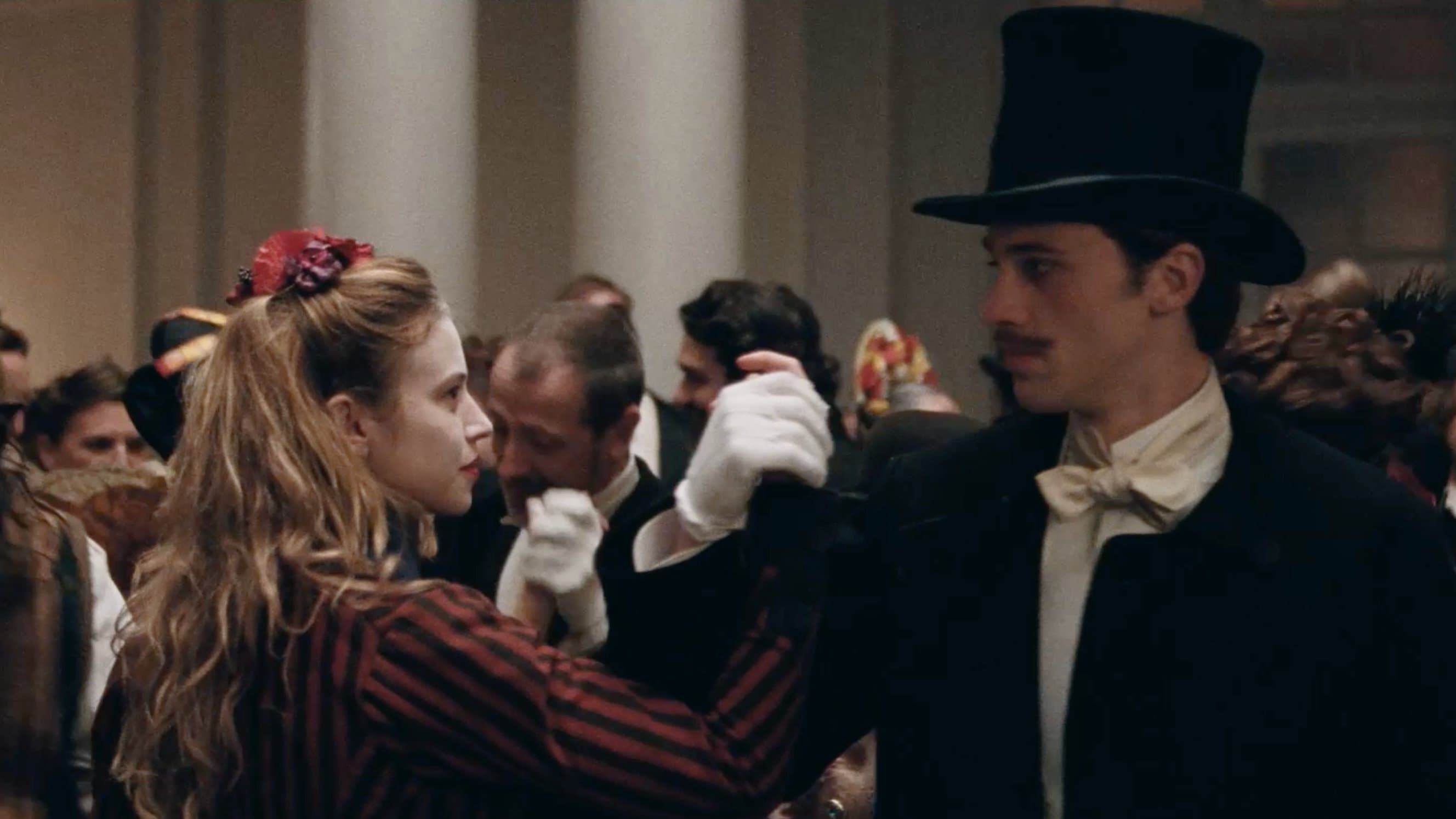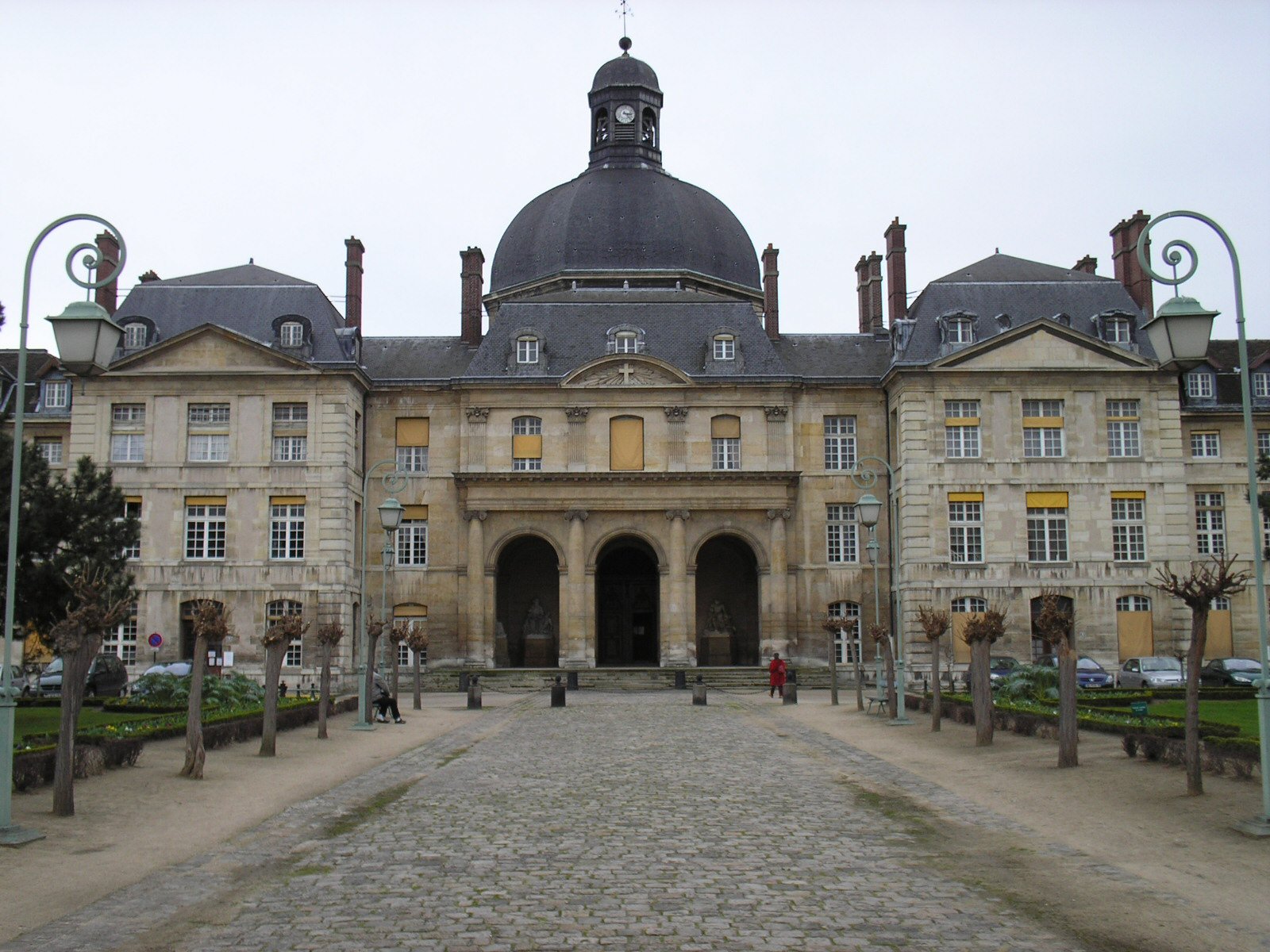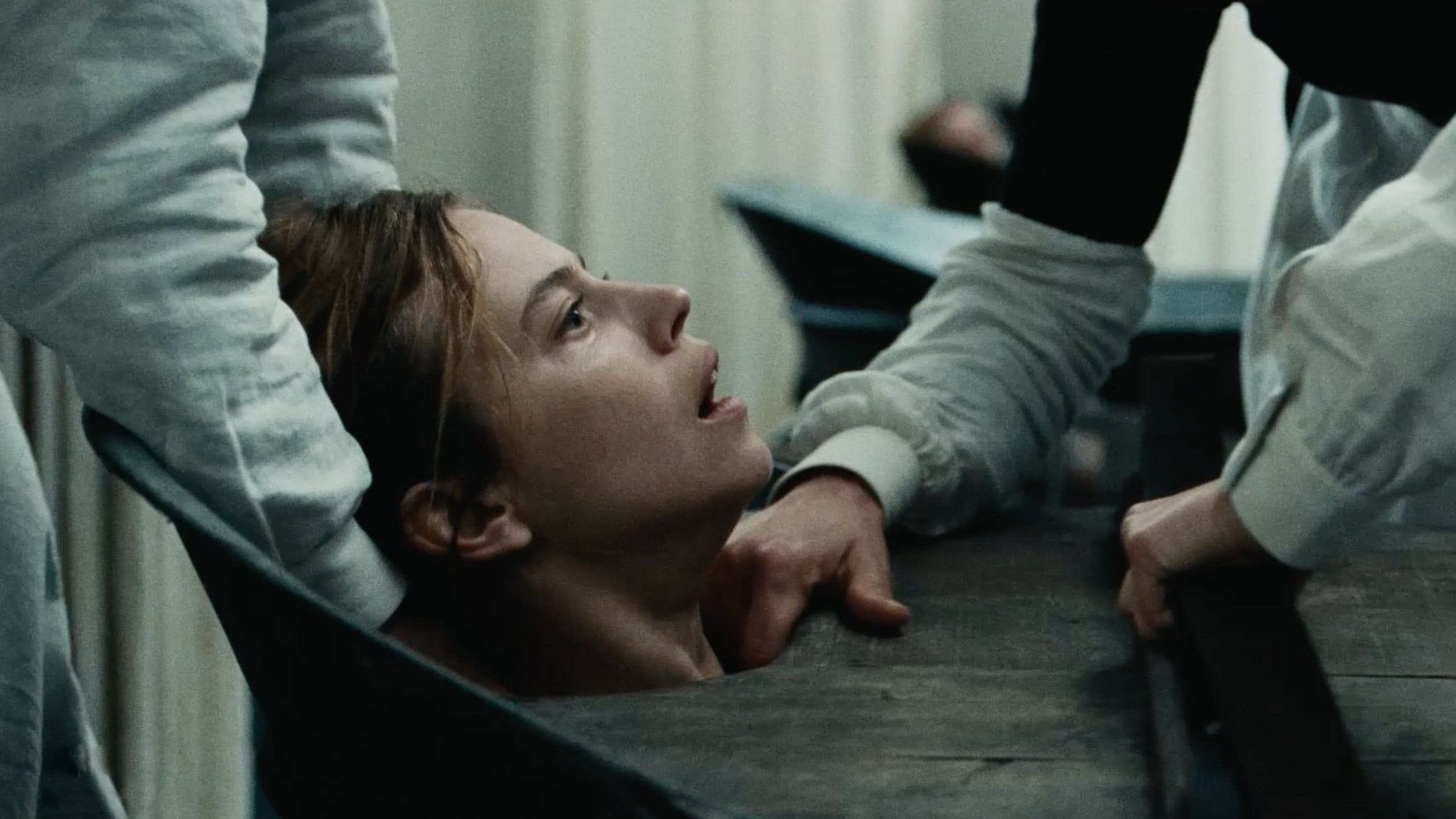In the poignant period drama ‘The Mad Women’s Ball’ (originally titled: ‘Le Bal des folles’), writer-director Mélanie Laurent looks back at a bleak chapter in medical history. The revolutionary and subversive narrative revolves around eccentric and outspoken high-society woman Eugénie Cléry (Lou de Laâge), who comes to realize her latent powers to communicate with the deceased. After she confides about her abilities in her grandmother and brother, they seemingly think her visions to be a psychological deviation and admit her to the hellish human laboratory that is the Salpêtrière Hospital.
However, she comes to make some friends. After demonstrating her supernatural powers to head nurse Geneviève Gleizes (Laurent), Eugénie breaks free from the shackles of oppressive and diabolical patriarchy. The movie’s highly symbolic journey is one worth taking, but you may wonder how much of the story is tethered to reality. In that case, let us investigate the credibility of ‘The Mad Women’s Ball!’
Is The Mad Women’s Ball a True Story?
‘The Mad Women’s Ball’ is partially based on a true story. Although the story is a somewhat fictionalized representation of the social reality of the late 19th century, it unmistakably covers a greater truth about the women’s experience in a society primarily governed by patriarchy. Thus, the story strikes quite a universal tone. Mélanie Laurent directed the movie from a screenplay penned by Laurent and Christophe Deslandes. The script, in turn, is based on the titular bestselling novel by Victoria Mas.

When Mas ideated the story of her debut novel, she took inspiration from the ground reality of late 19th century France. Laurent gave birth shortly before getting involved in the project. She wanted to make a movie for her kid, and as she is a beautiful girl, Laurent wanted to make a women-centric movie. With this determination, she sought to find an impactful subject. The director wanted to illustrate feminism, but she did not want the theme to overpower the tone of the movie.
She was looking for a complex and challenging project – which would talk about the women’s experience, showcase a good amount of thrill, and read as a genre movie. The talented actor-filmmaker was seemingly hoping to bring to life a majestic and ambitious cinematic experience, where there would be scope to direct and build an ambiance through production design, era-accurate costumes, scene composition, and the overall visual setting.
She was initially thinking along the lines of a witch movie, which would also be a period piece of its own accord. Apparently, the past ruptures conceal some truth about the present discontents, and the director thought it to be relatively modern to reflect on the past and subsequently highlight the present. Then, producer Alain Goldman sent her the book by Victoria Mas, and the director instantly found the perfect material for her venture. Mas’ novel is also somewhat rooted in reality.

Although the story of Eugénie may be a fiction conjured by the writer, Laurent based the tale on the palpable ground of Salpêtrière Hospital. The name derives from saltpetre, a component of gunpowder, and the site was originally a gunpowder factory. However, in 1656, the facility was converted into a hospice following the instructions of Louis XIV. The main hospice confined women from all walks of life, where these women were treated as second-class citizens. Some of these women were married off to Americans to push forward the “New France” agenda.
The character of neurologist Dr. Jean-Martin Charcot also existed in history and presided over the neuropsychiatric teaching center, just as depicted in the movie. In addition, there is also a passing reference to the death of novelist Victor Hugo, and Eugénie admits attending the funeral of the prolific writer. Therefore, it is safe to infer that the skeleton of the story of ‘The Mad Women’s Ball’ is firmly realistic, however fictional it may be.
Read More: The Mad Women’s Ball Ending, Explained


You must be logged in to post a comment.